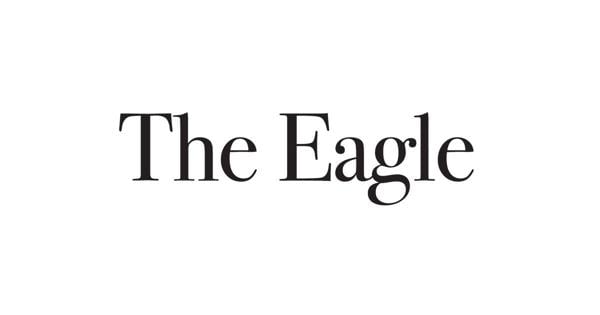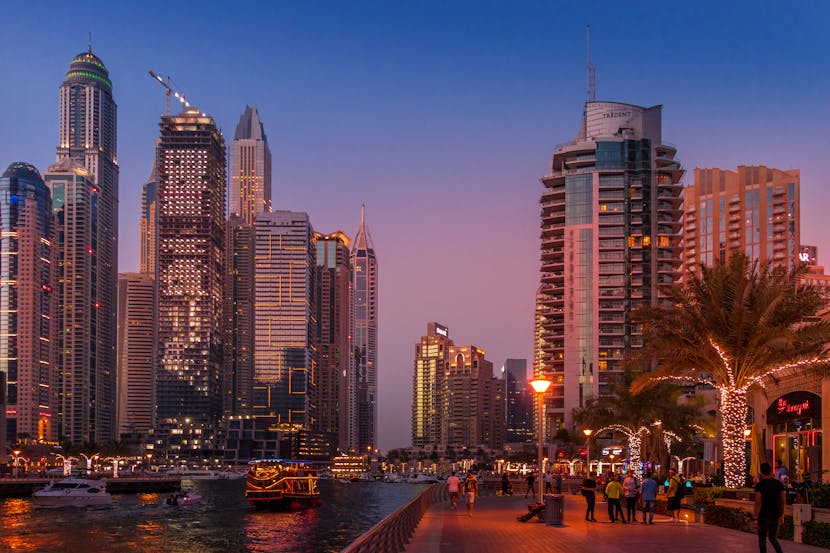The scene was a familiar one at Austin City Hall: The City Council once again was seeking reforms to curb the capital city’s sky-high home prices and rents, and opponents had turned out in force to try to block them. The central idea behind the reforms: Austin needed a lot more homes and it would have to relax certain city rules to see them built. On a Thursday in May, more than 150 people signed up to denounce the changes.
Among them were homeowners who complained the overhaul would wreck the character of their single-family neighborhoods and anti-gentrification activists who feared it would further displace communities of color. Such critics — often referred to as NIMBYs, which stands for “not in my backyard” — have long held sway in Austin and other cities. But something was different this time.
As Austin grew and its housing costs soared during the COVID-19 pandemic, a diametrically opposed group of advocates who push cities to allow cheaper and denser housing — known as “yes-in-my-backyard” activists, or YIMBYs — had gained new footing at City Hall. That day at City Council, they showed up in numbers that rivaled their opponents and urged council members to pass the reforms. By that point, they barely needed to convince anyone.
Austin YIMBYs had laid the groundwork for the reforms during the last citywide election, when they successfully backed candidates who vowed to tackle the housing crisis head-on. Those efforts resulted in a YIMBY supermajority on .



















